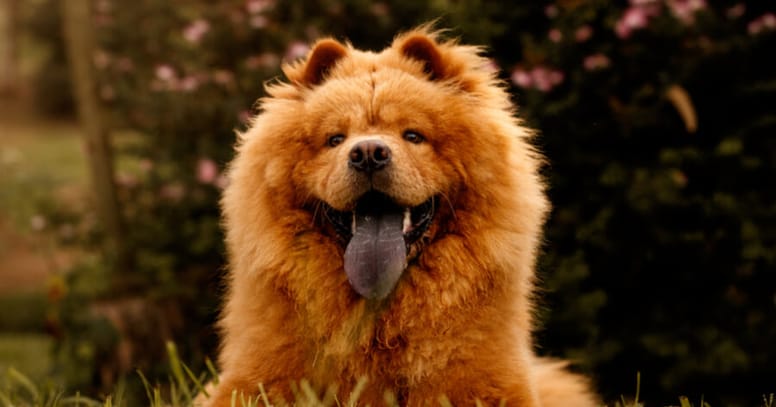Human intervention has altered certain breeds and new cross-breeds have also emerged. But primitive breeds are some of the oldest breeds of dogs and the few breeds that have remained true to their original form, retaining the physical, psychological and cognitive processes they were bred with thousands of years ago.
What is a primitive dog breed?
Primitive is the label generally given to the oldest dog breeds in the world. The Primitive Dog Society describes primitive dogs as aboriginal dog breeds that have links to specific areas, regions or countries. These dogs have largely avoided being crossed with other breeds and remain very similar to their original form.
Primitive dogs share common features which are not often found in modern domestic breeds. They generally have a very typical body design similar to a fox or wolf with a pointed muzzle, wedge-shaped head, upright ears, almond-shaped eyes and a long-curved tail. Primitive dogs are also extremely alert animals that will use all their senses. When kept as domestic dogs, they are likely to warn their owners of anything strange long before other pets are aware that anything could be wrong.

Which dogs are primitive breeds?
Primitive dogs come from all over the world and include some of the oldest known dog breeds. Primitive breeds are often separated into categories Hunting Dogs, Primitive Types, Sledge Dogs, Asian And Related Spitz Dogs, Watchdogs and Herding Dogs and other Primitive and Ancient Dogs.
12 primitive dog breeds
- Siberian Husky
- The Chow Chow
- Alaskan Malamute
- Spitz -type dogs
- Lapponian Herder
- Shiba Inu
- Canaan Dog
- Mexican Hairless
- New Guinea Singing Dog
- Norwegian Elkhound
- Peruvian Inca Orchid
- Pharaoh Hound
- Saluki
- Shar-pei
- Swedish Lapphund
How did dogs evolve from wolves?
A team of researchers led by Professor Peter Savolainen at the Royal Institute of Technology, Solna in Sweden has found that the first domesticated dogs came about around 33,000 years ago. These dogs migrated to Europe from south-east Asia. The research team’s study of dog genomes discovered that the dogs actually became self-domesticated animals as they gradually evolved from wolves who joined humans in hunting.
Professor Savolainen told The Telegraph: “The mild population bottleneck in dogs suggests dog domestication may have been a long process that started from a group of wolves that became loosely associated and scavenged with humans, before experiencing waves of selection for phenotypes (mutations) that gradually favoured stronger bonding with humans, a process called self-domestication.”
The dog training challenges of primitive breeds
Dog breeding during the Victorian times saw many dogs lose their independence and independent nature that was a common characteristic of a working dog. This led to the domesticated dogs we share our homes with today. Primitive breeds, however, have remained true to their ancestral nature. But what really makes these breeds special is that they simply cannot be trained by using punishment. While many breeds have been developed to respond to punishment in the way people want, primitive dogs have not developed this ability.
The success of training is down to you
Primitive dogs are very honest and intelligent animals. If you are being too challenging or even not challenging enough, they won’t be interested. If this continues to happen, the less inclined they will be to interact with you. These dogs will always be watching and working out your system. They will know the difference between a recall that is for a reward or when it’s signally the end of the session. They will even know the times you have a treat on you and when you don’t.

Tips for training primitive breeds
Training primitive dog breeds should be kept light and short, with no more than five or six repetitions. Anything more and the dog will likely get bored. The same goes for pushing them backwards. If you are finding these dogs to be challenging, it’s probably not because they are being stubborn, wild or even stupid. They are actually more likely to be feeling emotionally uncomfortable at the situation.
Primitive breed temperament
Primitive breed dogs are often strong-willed animals and can make demanding pets. However, when given the chance to work out a task, they will usually be eager to rise to the challenge. But if they learn that biting and growling is likely to be the only way to get you to stop doing something they don’t like; they will stop using calming signals to communicate with you and switch to more aggressive behaviour.
Understanding primitive breeds
From the time when wolves began to scavenge from humans and joining them on hunts to becoming man’s best friend. Our canine companions certainly have an interesting history that dates back hundreds, possibly even thousands of years. But while human intervention has seen a multitude of cross-breeds and conditioning, primitive breeds have remained close to wolves ancestors and true to their original breed.

